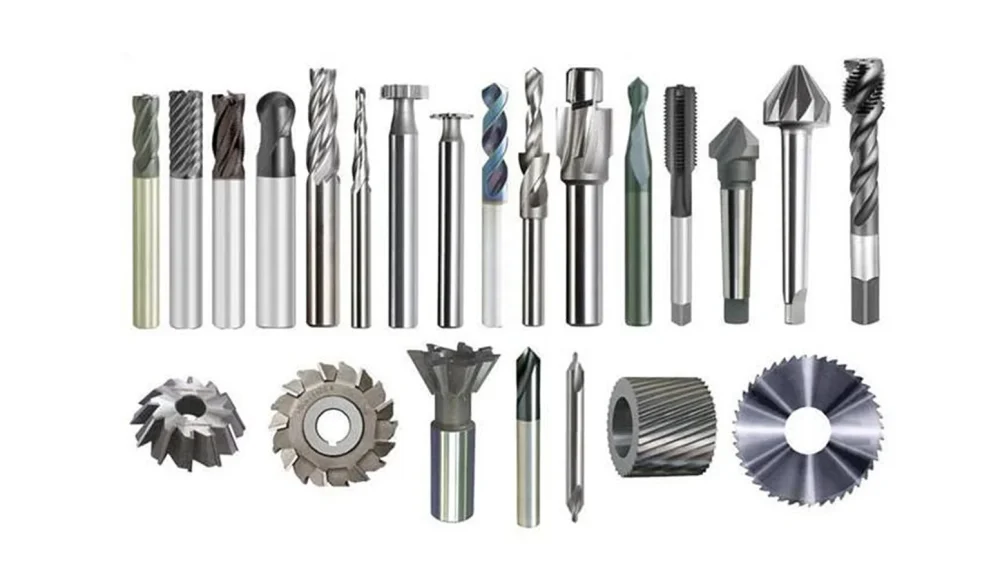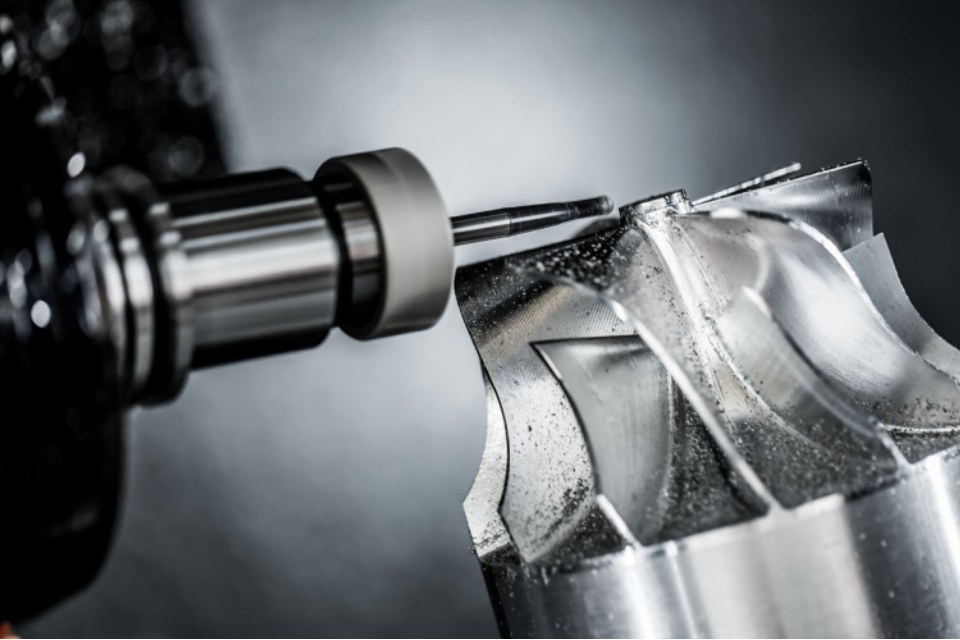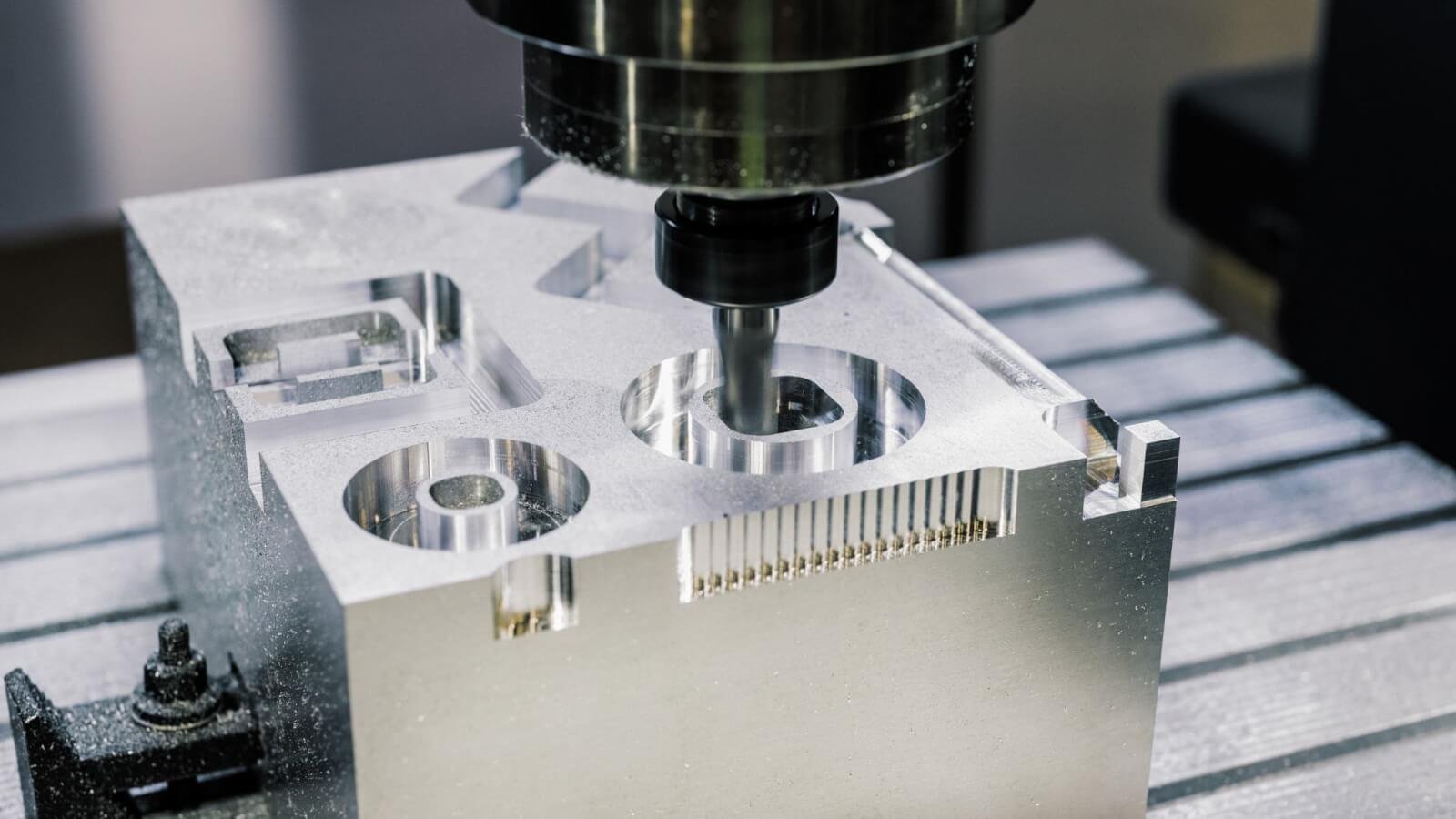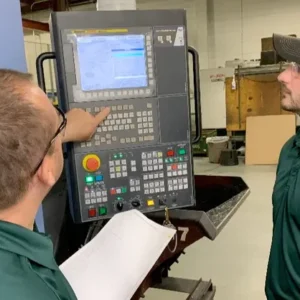CNCフライス加工 is one of the most versatile and widely used machining processes in manufacturing. At the heart of CNC milling are the 切削工具, which shape raw material into precise parts with accuracy and efficiency. From simple slotting to complex contouring, the right milling tool can make all the difference in surface quality, 加工時間, and overall cost.
This guide provides an in-depth look at the most common CNC milling tools, their design features, アプリケーション, and selection criteria to help engineers, 機械工, and manufacturers optimize their machining operations.
Understanding CNC Milling Tools
CNC milling tools are specially designed cutters used in コンピューター数値制御 (CNC) 機械 to remove material from workpieces. These tools vary in 幾何学, cutting edges, コーティング, とサイズ, depending on the machining requirements.
Key Characteristics of Milling Tools:
Material composition: ハイス鋼 (HSS), 炭化物, コバルト合金, and coated tools.
Number of flutes: More flutes provide smoother cuts but less chip clearance.
Helix angle: Affects chip evacuation and cutting force.
コーティング: 錫, Tialn, and DLC coatings improve wear resistance and tool life.
Common Types of CNC Milling Tools
エンドミル
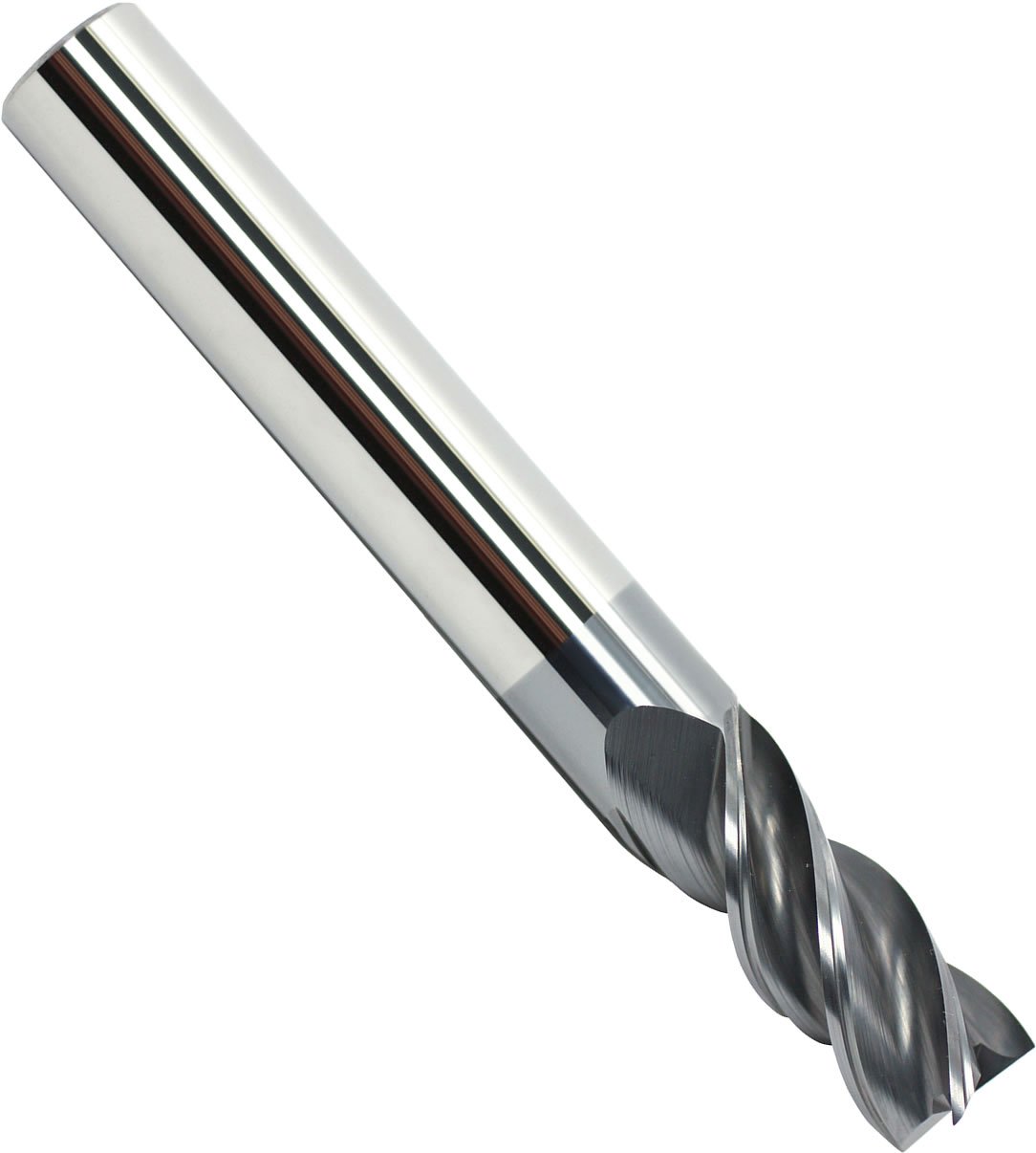
エンドミル
説明: The most commonly used milling tool. Cylindrical with cutting edges on the end and sides.
アプリケーション: スロッティング, プロファイリング, 輪郭を描く, and plunging.
バリエーション:
Square end mills – for flat-bottomed cuts.
Ball nose end mills – for 3D contouring and smooth surface finishing.
Corner radius end mills – combine strength with smooth cutting for durability.
Face Mills
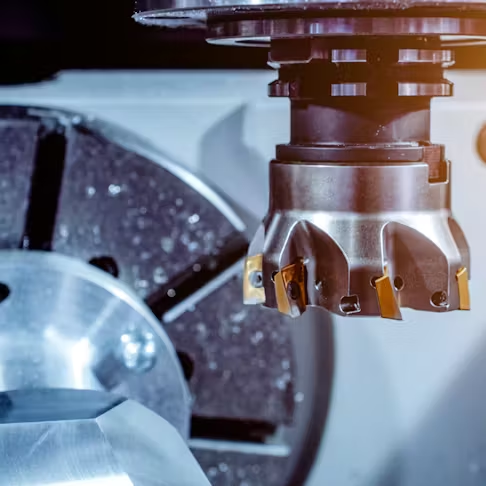
Face Mills
説明: Large-diameter cutters with replaceable inserts.
アプリケーション: High-efficiency surface finishing and material removal over large areas.
利点: Provide excellent flatness and surface quality.
Slab Mills
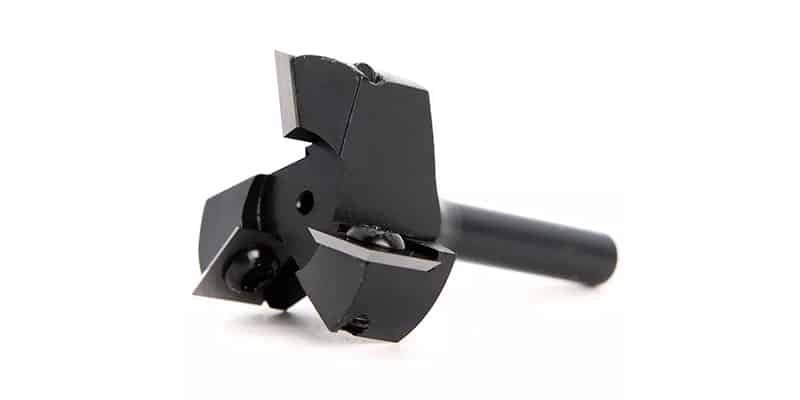
Slab Mills
説明: Large cylindrical cutters designed for heavy-duty machining.
アプリケーション: Bulk material removal in roughing operations.
フライカッター
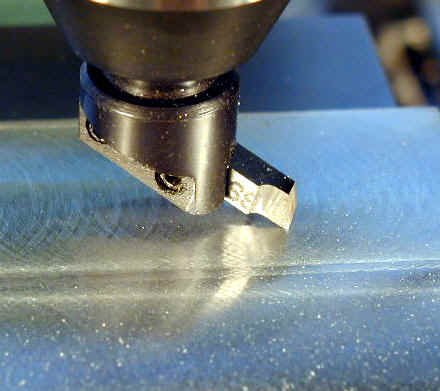
フライカッター
説明: Simple single-point cutting tool mounted in a holder.
アプリケーション: Produces very smooth finishes on large flat surfaces.
制限事項: Low cutting speed, not ideal for high-volume production.
Ball Nose Cutters
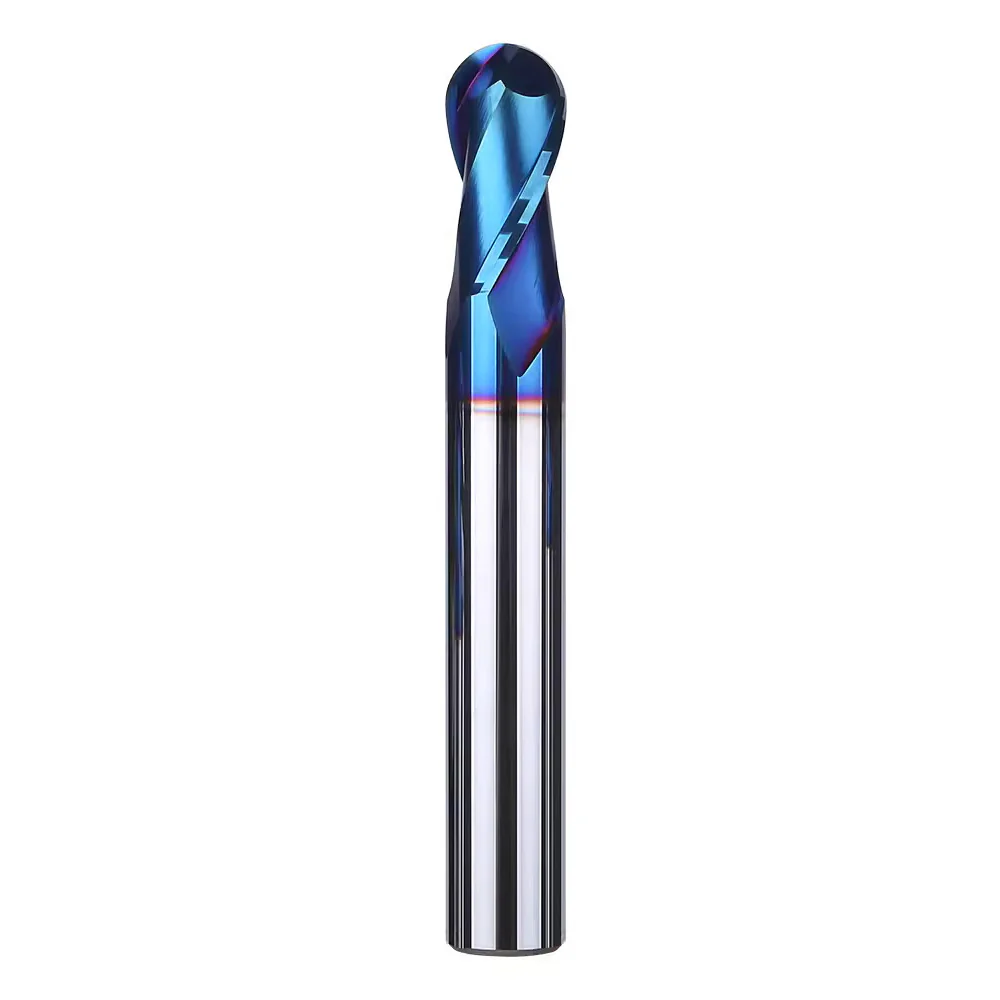
Ball Nose Cutters
説明: Rounded end, often used for 3D machining.
アプリケーション: 金型作り, die machining, and contour surfaces requiring smooth curvature.
T-Slotカッター
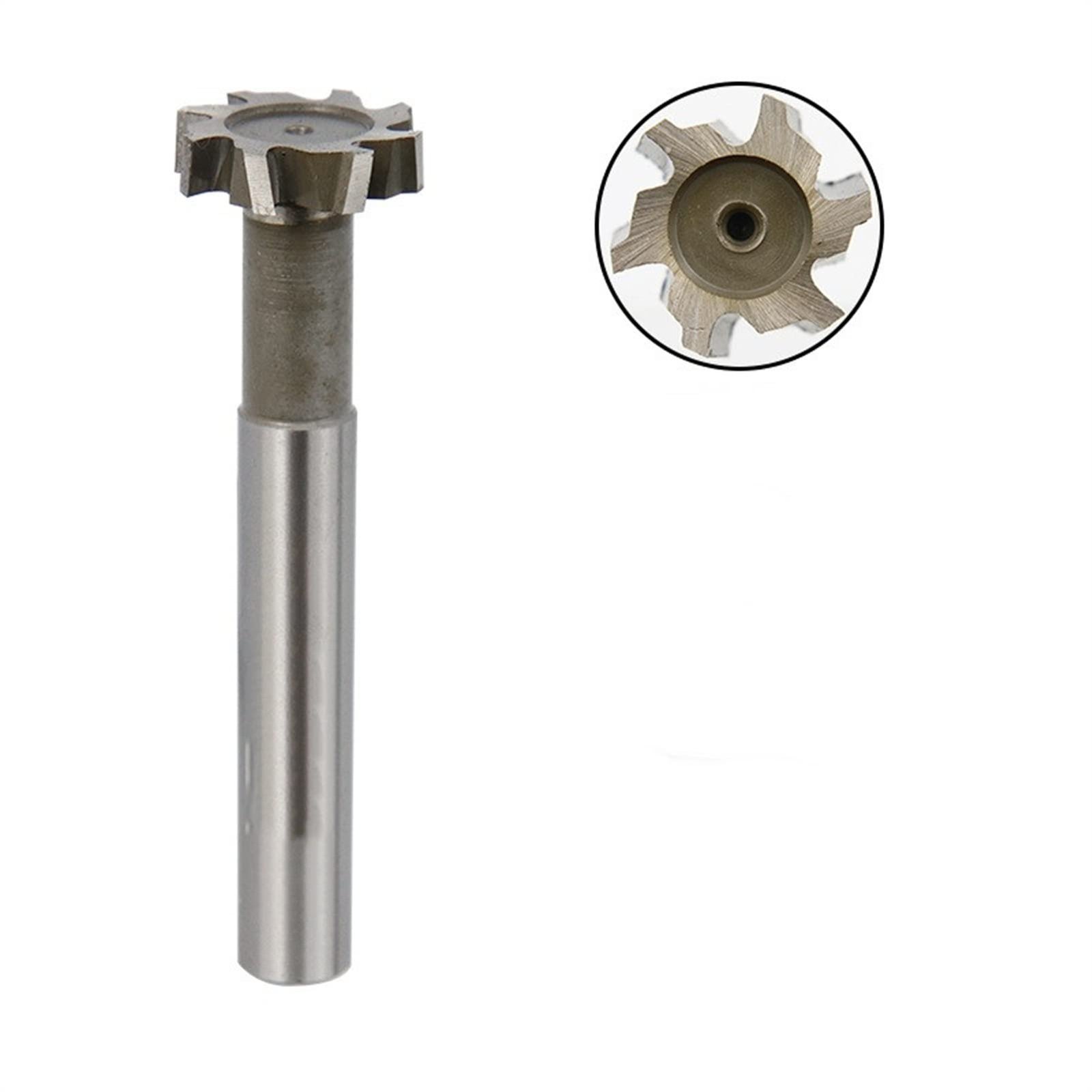
T-Slotカッター
説明: Special cutters shaped to produce T-slots.
アプリケーション: Manufacturing of machine tool tables and work-holding fixtures.
ダブテールカッター
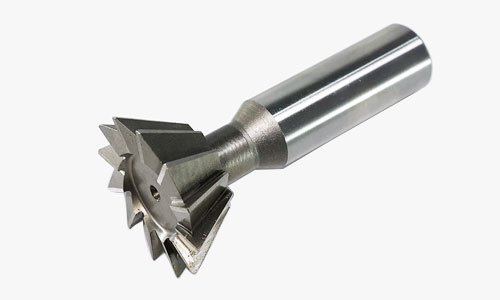
ダブテールカッター
説明: Angled cutters used for creating dovetail slots.
アプリケーション: Mechanical joints, スライド, and specialized fixtures.
ラフィングエンドミル
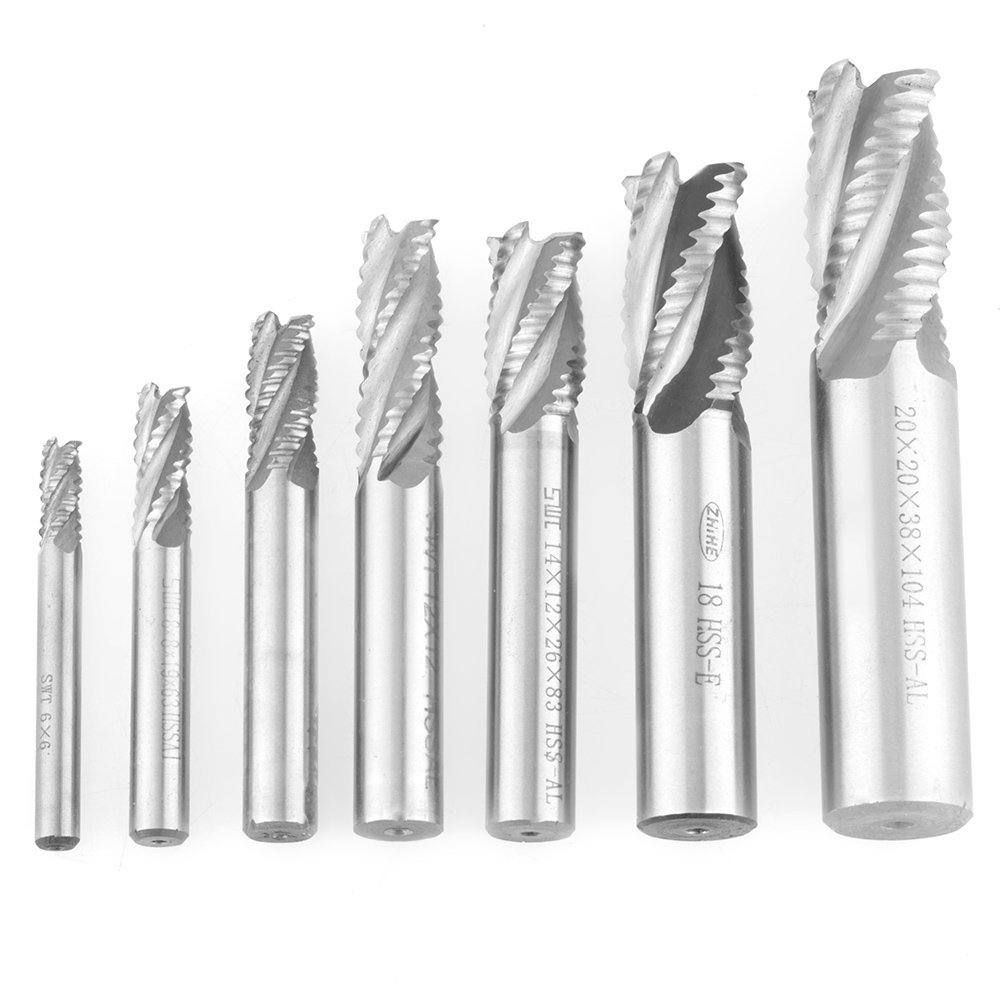
ラフィングエンドミル
説明: Also called “hog mills,” designed with serrated cutting edges.
アプリケーション: Removing large amounts of material quickly.
利点: Reduce cutting forces, making them ideal for hard materials.
CNC machine tool brands
| カテゴリ | Brand Examples | 主な特長 | に最適です | Approx. 価格帯 |
| プレミアム | DMG MORI, Mazak, Okuma, Hermle | Extremely high precision, advanced controls, long lifespan, multi-axis capability | 航空宇宙, 医学, 自動車, 高精度の製造 | $150,000 – $500,000+ |
| Mid-Range | ハース, Makino, Doosan (DN Solutions) | 信頼性のある, 良い精度, solid build quality, easier maintenance | 一般製造業, mold & 死ぬ, small-to-medium production | $50,000 – $150,000 |
| 予算 / Entry | Hyundai-WIA, Jinan First Machine Tool, DMTG | 手頃な価格, basic controls, sufficient for standard operations | Job shops, 少量生産, educational purposes | $20,000 – $50,000 |
メモ:
Premium brands are ideal if precision, 耐久性, and advanced features are critical.
Mid-range brands balance cost and performance for most professional workshops.
Budget brands are great for startups, トレーニング, or low-complexity projects where cost is a priority.
Tool Materials and Coatings
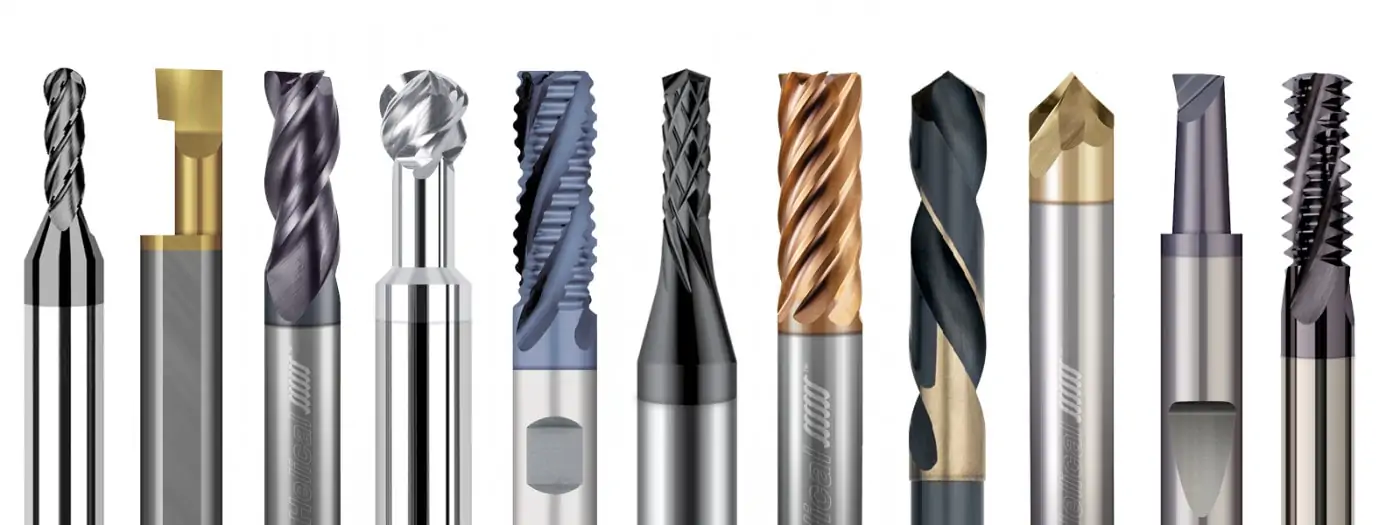
Tool Materials and Coatings
CNC milling tool you choose isn’t just about shape and size – the material of the tool and its coating make a huge difference in how well it performs. Think of it like picking the right shoes for a job: sneakers are great for running, but you wouldn’t wear them to climb a mountain. The same idea applies here – the right tool material and coating help you cut faster, 長く続きます, and get a cleaner finish.
Common Tool Materials
ハイス鋼 (HSS):
A budget-friendly choice. HSS tools are tough and can handle softer materials like aluminum or plastics, but they wear out faster when cutting harder metals.
炭化物:
The go-to option for most CNC shops today. Carbide tools are harder and stay sharp longer than HSS. They’re perfect for cutting steel, ステンレス鋼, その他の厳しい素材.
Cermet and Ceramics:
Super hard materials used for high-speed cutting. They’re not as tough as carbide (they can chip more easily), but they shine when cutting at very high speeds.
ダイヤモンドツール:
The ultimate choice for non-ferrous materials like aluminum, 銅, or composites. Diamond tools give mirror-like finishes but are very expensive.
Why Coatings Matter
Coatings act like a protective layer on the tool, helping it survive longer and perform better. They reduce friction, keep the tool cooler, and stop it from wearing out too quickly.
Some popular coatings include:
錫 (窒化チタン): Shiny gold coating, helps reduce friction and works well for general cutting.
Tialn (チタンアルミニウム窒化物): Dark gray or purple in color, perfect for high-heat situations like cutting hardened steels.
DLC (Diamond-Like Carbon): Great for non-ferrous materials. Super slick surface means chips don’t stick easily.
Uncoated Tools: 時々, coatings aren’t needed – for example, when cutting plastics or soft metals.
Putting It Together
Choosing the right tool material and coating depends on:
The material you’re cutting (aluminum vs. hardened steel vs. プラスチック).
The cutting speed and temperature (faster speeds = need better coatings).
Your budget (diamond-coated tools might be overkill unless you really need them).
Choosing the Right CNC Milling Tool
ワークの材質
The first question is: What are you cutting? Different materials need different tools. 例えば, soft materials like aluminum can be cut with tools that have a sharper edge, while hard materials like stainless steel require stronger, tougher tools with special coatings to handle the stress.
Type of Cut You Need
Are you roughing (removing a lot of material quickly) or finishing (making the final smooth surface)? Roughing tools are designed to be strong and durable, while finishing tools focus on accuracy and surface quality. Using the right one saves both time and money.
Tool Size and Shape
The size of the tool matters. A bigger tool can remove more material faster, but it might not fit into tight spaces. Smaller tools can get into detailed areas, but they take more time to cut. The shape also matters—for example, ball end mills are great for curves, while flat end mills work best for flat surfaces.
速度と効率
Some tools are better at handling high speeds, which can improve efficiency. But if your machine or material can’t handle those speeds, the tool may wear out too fast or break. That’s why balancing speed, ツールライフ, and cut quality is important.
Coatings and Tool Life
Many tools come with special coatings (like TiN or TiAlN) that make them last longer and cut better. These coatings reduce friction, prevent overheating, and help the tool stay sharp.
Best Practices for CNC Milling Tool Use
Match the tool to the job
Always choose a tool that fits the material and the cut you’re making. 例えば, softer materials like aluminum need tools with sharper edges, while harder metals like steel may require coated carbide tools for better performance.
Set the right speeds and feeds
Running too fast can burn out your tool, and going too slow can waste time and wear the tool unevenly. Check the manufacturer’s guidelines for the proper spindle speed (回転数) and feed rate, then fine-tune based on your specific setup.
Keep tools sharp and well-maintained
A dull tool doesn’t just slow you down—it can also leave rough finishes and put extra stress on your machine. Regular inspection and re-sharpening can extend tool life and improve part quality.
Use coolant or lubrication
Heat is the enemy of both the tool and the workpiece. Using coolant or cutting fluid helps reduce heat, improve chip removal, and keep your surface finish smooth.
Pay attention to tool holding and setup
Even the best tool won’t perform well if it’s not held firmly. Make sure tool holders are clean, 安全な, and free of vibrations. Proper alignment during setup also helps achieve accurate cuts.
Don’t push tools beyond their limits
It might be tempting to use the same tool for every job, but forcing it to do too much can shorten its life and cause poor-quality results. Switching to the right tool at the right time actually saves money in the long run.
Monitor tool wear during production
In longer production runs, it’s important to watch for tool wear. Automated monitoring systems or even just regular checks can prevent sudden tool failure and keep your parts consistent.
Keep learning and experimenting
Every material and job is a little different. Don’t be afraid to test new tools, コーティング, or cutting strategies. Small adjustments can lead to big improvements in efficiency and quality.
Industrial Applications of CNC Milling Tools
- 航空宇宙
Airplanes and spacecraft need parts that can handle extreme conditions—like high speeds, 重い負荷, and big temperature changes. CNC milling tools are used to make turbine blades, engine housings, and lightweight structural parts from tough materials such as titanium and aluminum alloys. Accuracy here is life-or-death important, and CNC tools make it possible. - 自動車
車, トラック, and electric vehicles all rely on CNC-milled parts. From engine blocks and transmission parts to custom rims and interior components, milling tools help manufacturers produce parts that are strong, 効率的, そして一貫性. With CNC, automakers can also quickly switch from prototyping to mass production. - 医学
In healthcare, エラーの余地はありません. CNC milling tools are used to make surgical instruments, インプラント, and prosthetics with exact precision. Materials like stainless steel and medical-grade titanium are often milled into parts that must perfectly fit the human body. CNC tools make that possible, ensuring safety and comfort for patients. - エレクトロニクス
あなたのスマートフォン, computer, or even a game console has CNC-milled components inside. Milling tools are used to shape heat sinks, ハウジング, and connectors out of aluminum and other conductive materials. This helps keep devices small, 軽量, そして効率的です. - エネルギー
From wind turbines to oil rigs, CNC milling tools are key for the energy sector. They produce large, durable parts such as turbine hubs, pump casings, and custom brackets that must withstand years of heavy use. Precision ensures better performance and longer life of these critical components. - 一般製造業
Beyond these specialized fields, CNC milling tools are used in almost every industry to make molds, 死ぬ, 備品, そしてカスタムパーツも. Whether it’s for consumer goods, packaging equipment, or industrial machines, CNC tools provide flexibility and reliability.
結論
CNC milling tools form the foundation of modern precision machining. With a wide range of geometries, 材料, and coatings available, choosing the right tool for the job is crucial for efficiency, 品質, および費用対効果. By understanding the capabilities of each milling tool, engineers and machinists can optimize production and stay competitive in today’s demanding manufacturing environment.
You May Want to Know More:
Understanding CNC Milling Machines
12 CNCマシンの種類と最新の製造におけるアプリケーション

